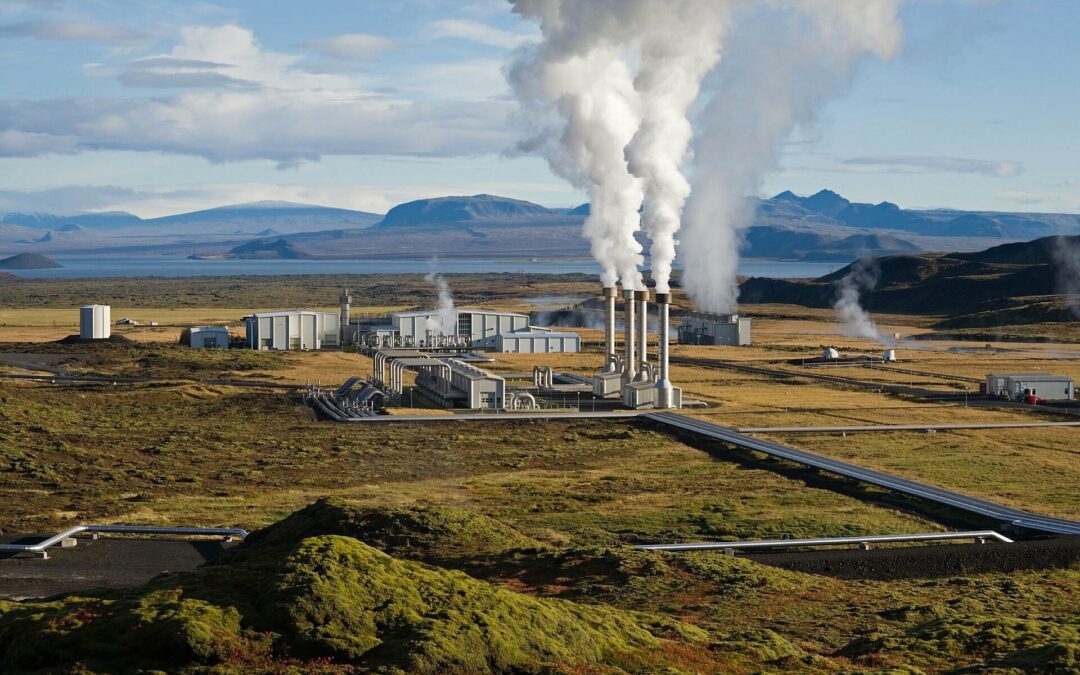In an attempt to find new low-carbon energy sources, scientists have created a deep learning algorithm that searches the Earth for surface manifestations of subterranean stores of naturally occurring free hydrogen. This is part of a larger effort to move away from fossil fuels.
The technique was employed by researchers to assist in reducing the possible locations of ovoids or semicircular depressions (SCDs) in the earth that occur close to regions linked to natural or “gold hydrogen” deposits. Even though these circular patterns are frequently found in low-lying locations, other plants or farmland may be able to conceal them. These circles have been found in more places than previously believed, including the United States, Mali, Namibia, Brazil, France, and Russia.

Two recent papers describe how lead authors Sam Herreid and Saurabh Kaushik, both postdoctoral scholars at The Ohio State University’s Byrd Polar and Climate Research Center, combined their model with data from global satellite imagery to identify semicircular depressions (SCDs), which are nearly invisible.
To help their system learn to search the entire world, their team put out a list of known SCD locations. They first analyzed the aerial imagery of these sites using remote sensing data, and then they used spectral and geomorphic patterns to identify the places globally that are most likely to be associated with SCDs related to geologic hydrogen.
The team discovered through its observations that AI exhibits a unique capacity to map out surface expressions of prospective subsurface hydrogen resources globally and to create a baseline for additional study of hydrogen-associated sites. This week at the American Geophysical Union annual meeting, their study was presented in poster sessions.
READ MORE: YouTube’s New AI Tools Assist Brands In Aligning Ads With Cultural Moments

Hydrogen has long been recognized by scientists as one of the most effective and pure energy sources found in nature. Currently, interest in natural hydrogen is growing quickly as governments invest in greener options, according to Joachim Moortgat, the primary investigator of the study and an associate professor of earth sciences at Ohio State.
According to Moortgat, “hydrogen is a very attractive energy source in general.” “If you burn it, its only by-product is water, and unlike wind or solar energy, hydrogen can be stored and transported, so there are all kinds of industries trying hard to make the switch.”
Since the Earth’s crust also continuously produces gold hydrogen, some think that having access to a low-carbon energy source with almost no greenhouse gas emissions might completely change the global energy picture. However, Moortgat noted that scientists have discovered that finding hydrogen necessitates the creation of new exploration instruments.
READ MORE: Meta, The Social Media Giant, Has Recently Introduced genAI Tools For Advertisements
“One reason they’re difficult to find is that they probably occur in different kinds of geologies and locations than where you would find oil or gas,” he stated. “But with the AI tools we develop, we map everything that could potentially be a SCD.”
Regretfully, although satellite data can be utilized by researchers to focus on specific regions, genuine hydrogen deposits can be mistaken for other circular-shaped topographical features like lakes, golf courses, or crop circles.

Additionally, several nations are already creating novel means of obtaining this exciting new energy as they race to accelerate the hunt for hydrogen sources, according to Herreid.
“It seems like this work is taking a proactive approach to addressing the climate crisis,” said Herreid, a glaciologist who has utilized artificial intelligence in the past to help forecast the effects of climate change on glaciers. “It’s very exciting to be involved in a project that’s really rapidly evolving.”
READ MORE: YouTube Introduces New Generative AI Tools For Content Makers
Europe is already exploring ways to exploit its reserves of gold hydrogen abroad, while the United States has laws such as the Inflation Reduction Act that aim to grow the sector of clean energy generation.
It will take a few more years before natural hydrogen reservoirs are properly incorporated as a dependable source of renewable energy, despite how quickly the field appears to be progressing. Therefore, Moortgat advised researchers to concentrate on how to further their understanding of these hydrogen systems at this time.
“The biggest challenge is that we need to find more SCDs and then really investigate how these things form,” he stated. “Once we discover a lot more, we will be in a better position to again use AI tools to find similar ones worldwide.”
Radiant and America Nu, offering to elevate your entertainment game! Movies, TV series, exclusive interviews, music, and more—download now on various devices, including iPhones, Androids, smart TVs, Apple TV, Fire Stick, and more.



